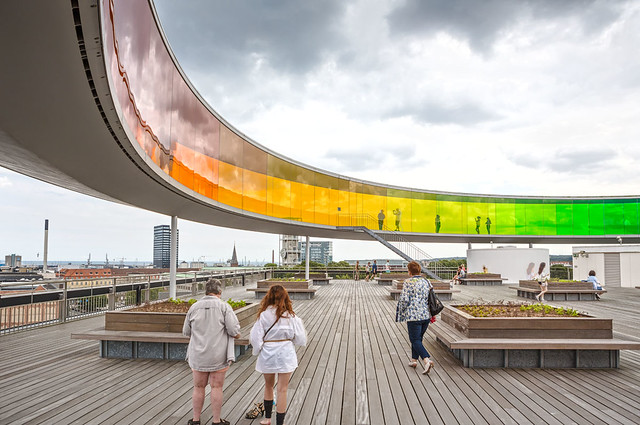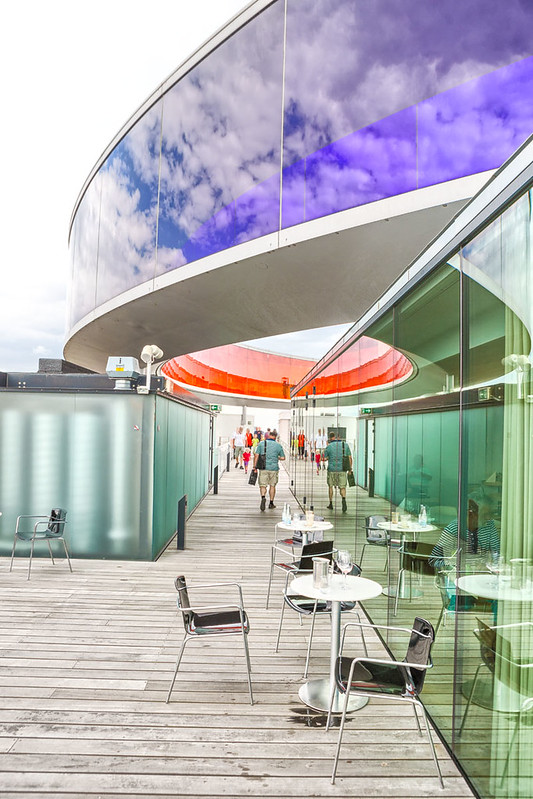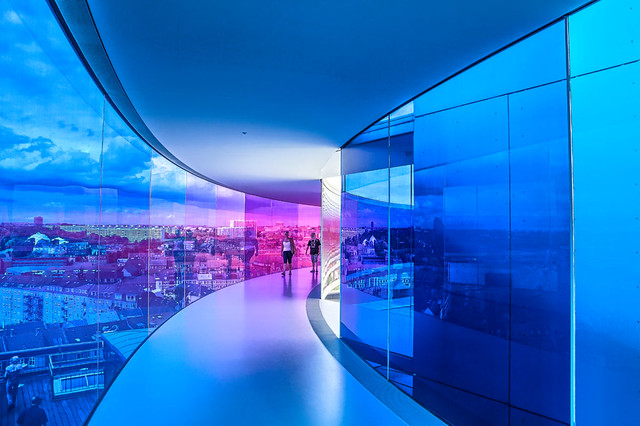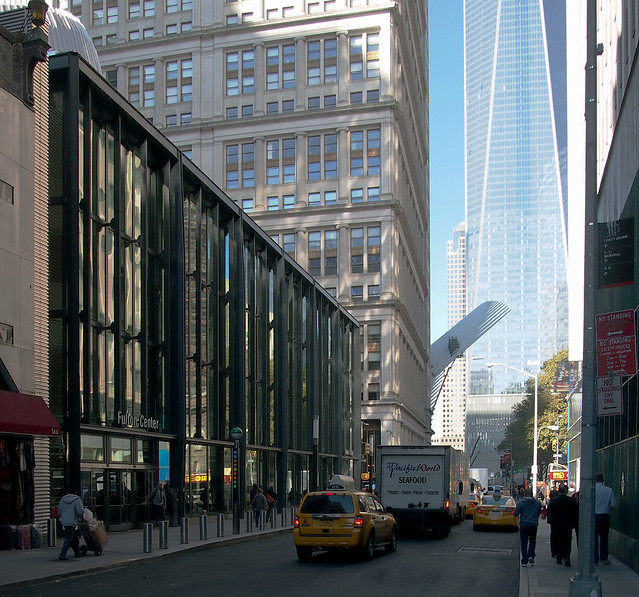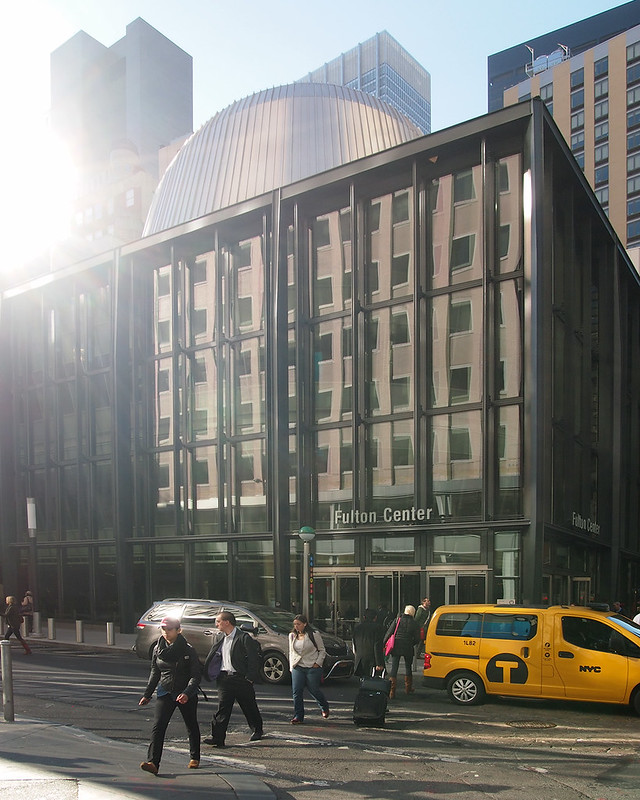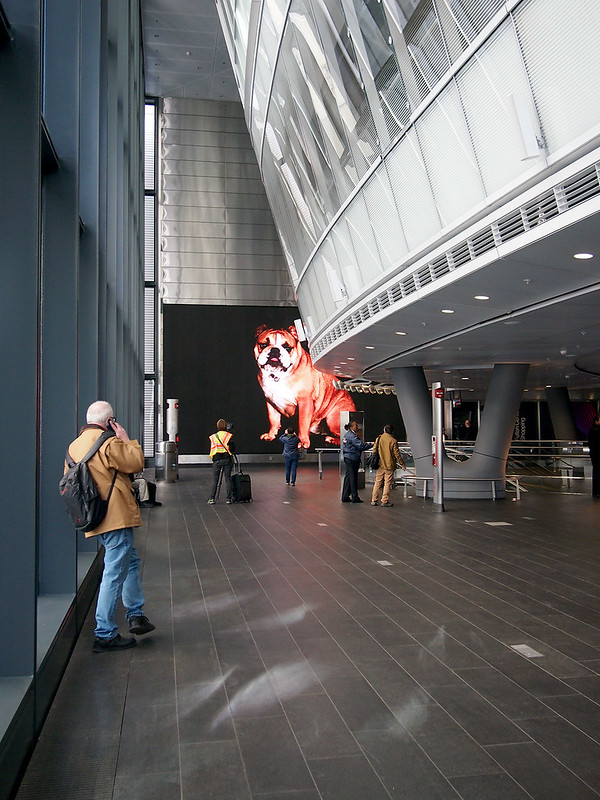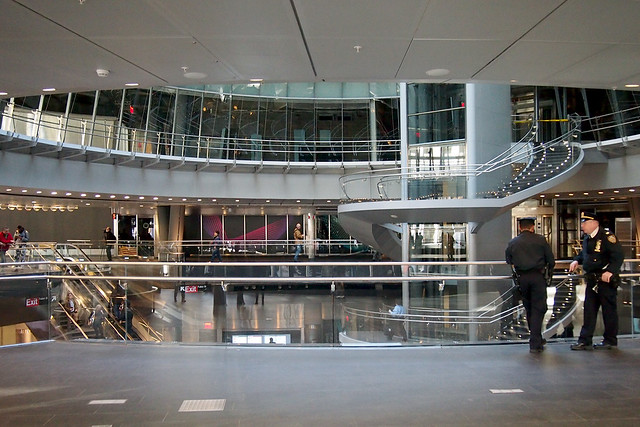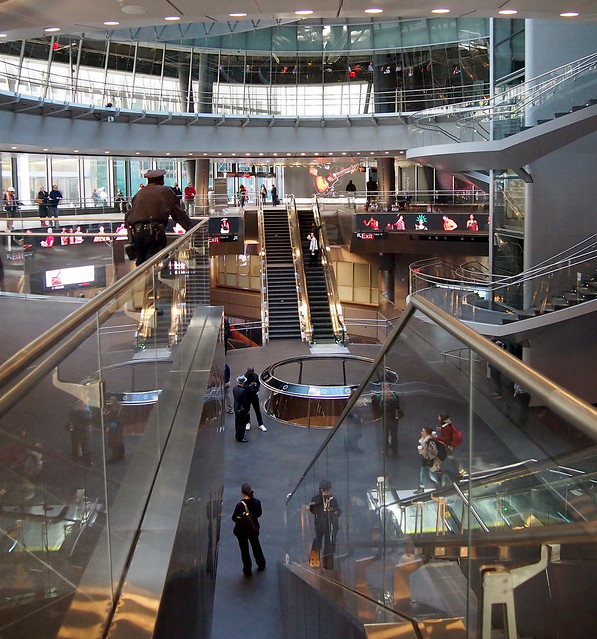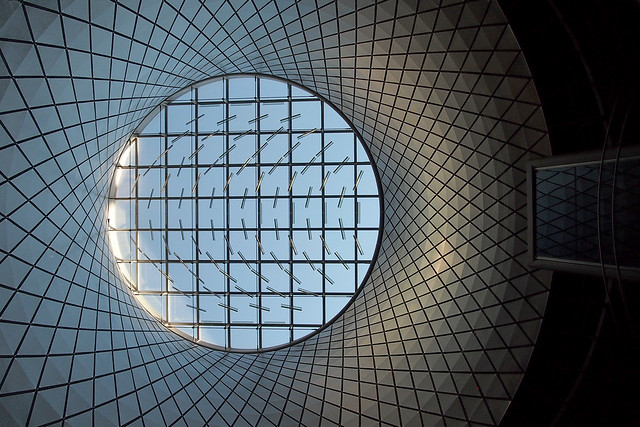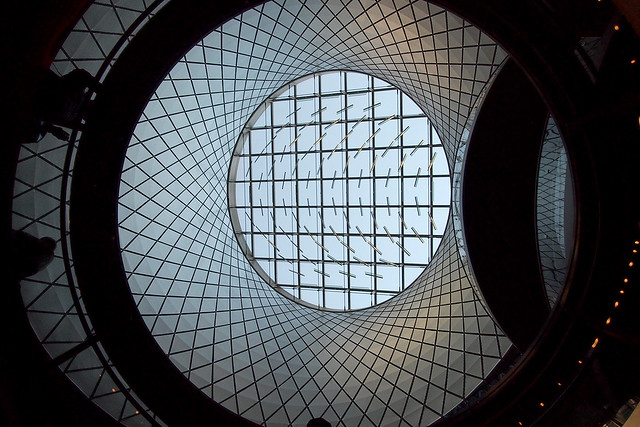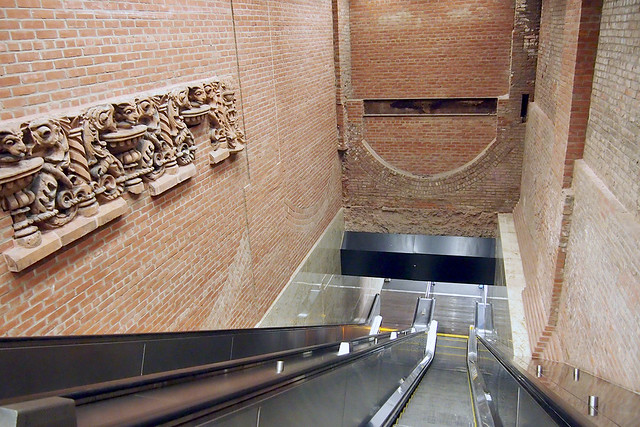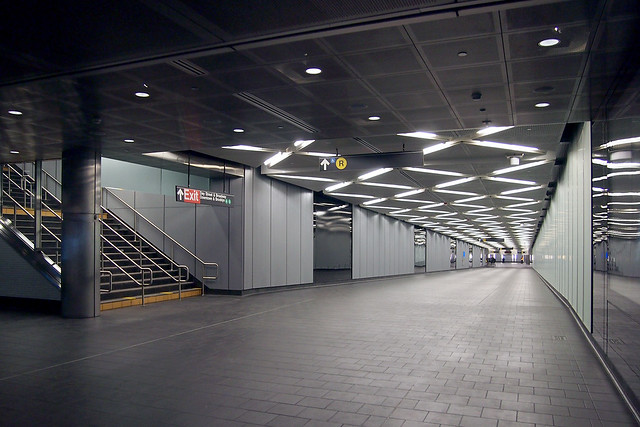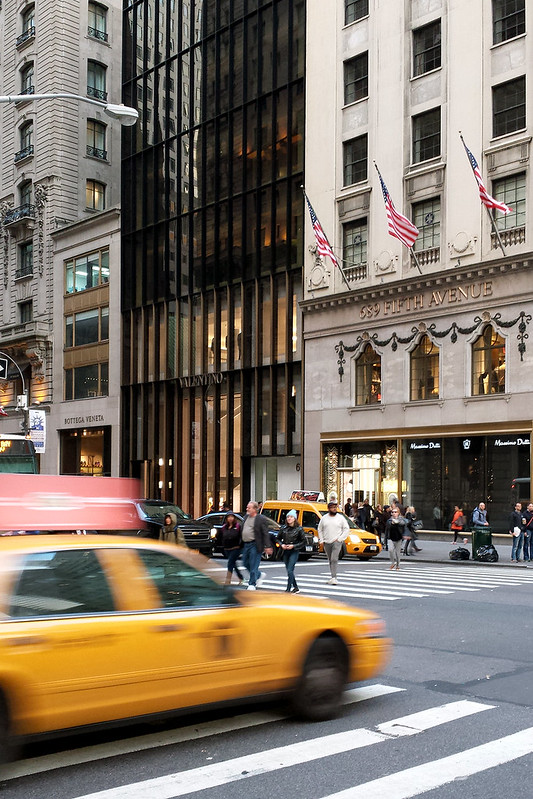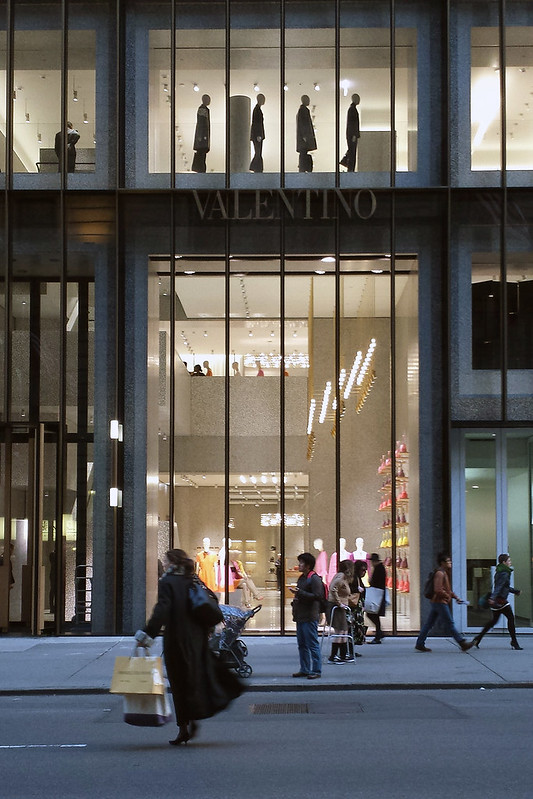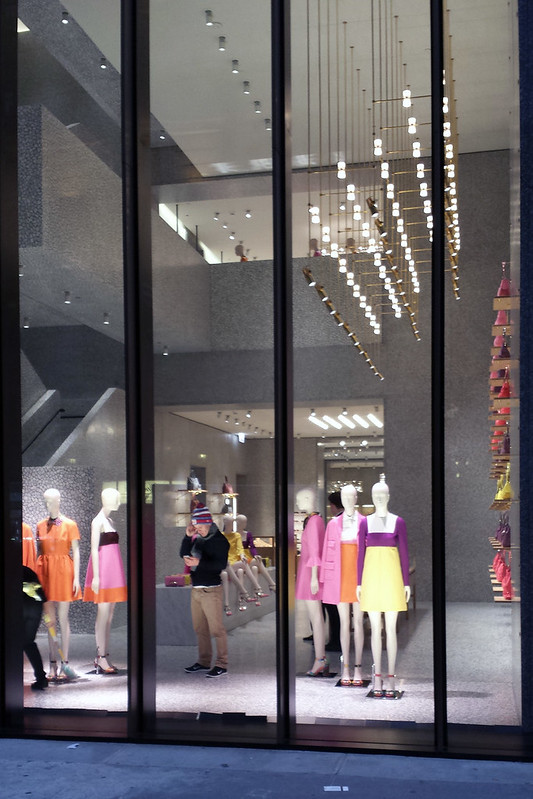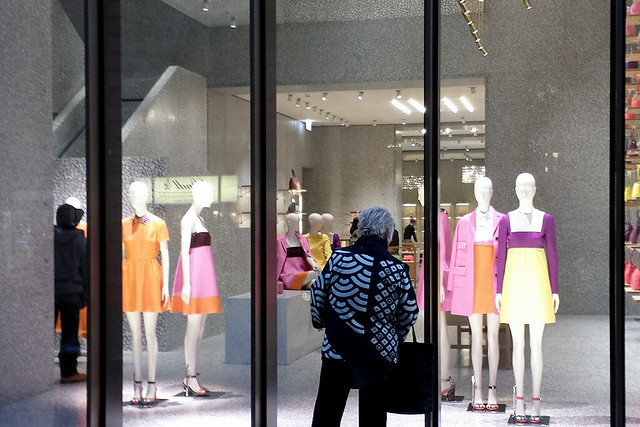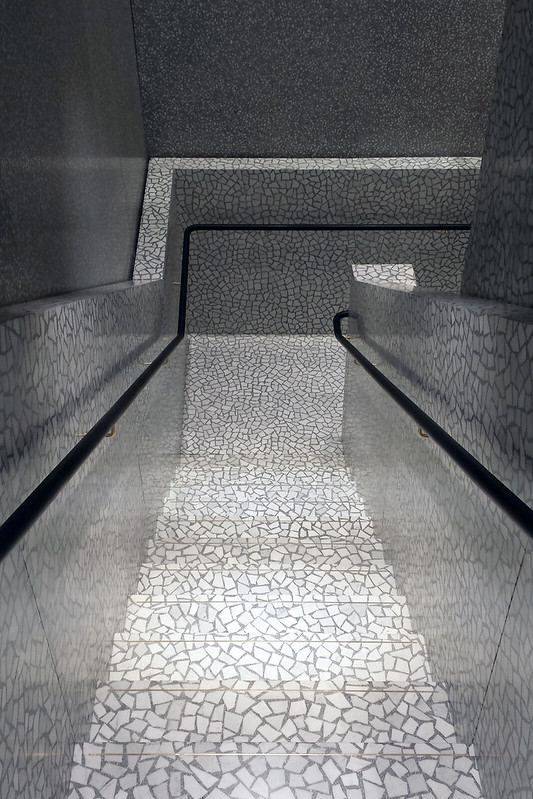Nordic Light: Modern Scandinavian Architecture by Henry Plummer
Thames & Hudson, 2014
Paperback, 256 pages

Last year I included Henry Plummer's Cosmos of Light, a record of three religious buildings designed by Le Corbusier, in my list of notable books of 2013 at Designers & Books. I must admit that even though Plummer contributes both the words and the photographs, be it Cosmos of Light or Nordic Light, the subject of this review, it's the photographs that sway me toward a deep liking of his books. While Plummer's love of what he is documenting in words and images is clear, I find his text flowery, full of adjectives that are trying really hard to convey the qualities of light that come across in particular buildings or places. But I'd argue that his photographs convey those qualities so much better; such is the skill of his shooting, particularly his framing and his patience in waiting for the right light. The cover of Nordic Light – Kaija and Heikki Sirén's Student Chapel in Otaniemi, Finland (1957) – makes this much clear.

[Juha Leiviskä's Myyrmäki Church in Vantaa, Finland, 1984]
In this coffee table book, available both in hardcover and paperback, Plummer documents 45 buildings in Scandinavia, with 14 in Denmark, 22 in Finland, 5 in Norway, and 4 in Sweden. The buildings are split into nine thematic chapters that describe how the architecture in these northern countries responds to the conditions of sunlight: whiteness, rhythm, journey, carving, forest, transparency, tranquility, diffusion, and darkness. While these chapters are listed in the table of contents, the buildings are not, meaning the book is a voyage of discovery more than a reference for highlighting particular buildings. This goes hand in hand with Plummer's patient and almost meditative way of photographing and discussing the projects. Not surprisingly, as is hinted in the cover photo and two other photos included here, Plummer has something for churches, which populate the book in large numbers. This makes sense, given that churches are an architectural typology ripe for exploring the literal and metaphorical role of light, and therefore they are perfect for Plummer's studied lens.

[Matti Sanaksenaho's St. Henry's Chapel in Turku, Finland, 2005]
Thames & Hudson, 2014
Paperback, 256 pages

Last year I included Henry Plummer's Cosmos of Light, a record of three religious buildings designed by Le Corbusier, in my list of notable books of 2013 at Designers & Books. I must admit that even though Plummer contributes both the words and the photographs, be it Cosmos of Light or Nordic Light, the subject of this review, it's the photographs that sway me toward a deep liking of his books. While Plummer's love of what he is documenting in words and images is clear, I find his text flowery, full of adjectives that are trying really hard to convey the qualities of light that come across in particular buildings or places. But I'd argue that his photographs convey those qualities so much better; such is the skill of his shooting, particularly his framing and his patience in waiting for the right light. The cover of Nordic Light – Kaija and Heikki Sirén's Student Chapel in Otaniemi, Finland (1957) – makes this much clear.

[Juha Leiviskä's Myyrmäki Church in Vantaa, Finland, 1984]
In this coffee table book, available both in hardcover and paperback, Plummer documents 45 buildings in Scandinavia, with 14 in Denmark, 22 in Finland, 5 in Norway, and 4 in Sweden. The buildings are split into nine thematic chapters that describe how the architecture in these northern countries responds to the conditions of sunlight: whiteness, rhythm, journey, carving, forest, transparency, tranquility, diffusion, and darkness. While these chapters are listed in the table of contents, the buildings are not, meaning the book is a voyage of discovery more than a reference for highlighting particular buildings. This goes hand in hand with Plummer's patient and almost meditative way of photographing and discussing the projects. Not surprisingly, as is hinted in the cover photo and two other photos included here, Plummer has something for churches, which populate the book in large numbers. This makes sense, given that churches are an architectural typology ripe for exploring the literal and metaphorical role of light, and therefore they are perfect for Plummer's studied lens.

[Matti Sanaksenaho's St. Henry's Chapel in Turku, Finland, 2005]

